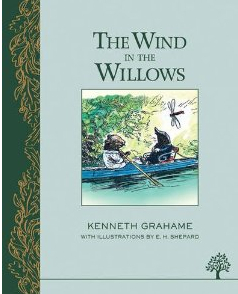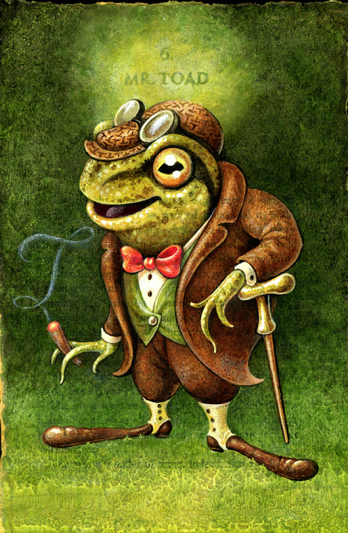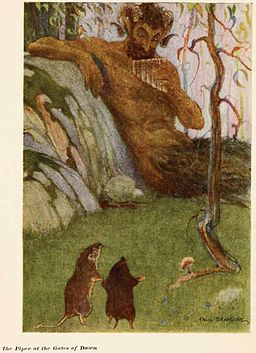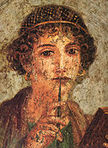The Wind in the Willows as Eco Story
Today I’m taking a page from one of my favorite blogs, Isaac Yuen’s Ekostories, putting an eco-lens to one of my favorite childhood books, Kenneth Grahame’s The Wind in the Willows.
 As with many children’s books, the main characters are animals, but the way Grahame portrays his animal characters and their environment sets Wind in the Willows apart from the crowd. To begin with, none of the animals has human names: we know them as Mole, the Water Rat (or, more familiarly, “Ratty”), Otter, the Badger, and Toad. Only Toad and Badger are ever addressed as “Mr.”—Badger because of his superior wisdom and Toad because of his wealth and pretensions.
As with many children’s books, the main characters are animals, but the way Grahame portrays his animal characters and their environment sets Wind in the Willows apart from the crowd. To begin with, none of the animals has human names: we know them as Mole, the Water Rat (or, more familiarly, “Ratty”), Otter, the Badger, and Toad. Only Toad and Badger are ever addressed as “Mr.”—Badger because of his superior wisdom and Toad because of his wealth and pretensions.
Like the animals’ names, the natural environment in Grahame’s book is treated very much from an animal’s point of view, and the world, though lovely and charming, contains dangers as well, and is described without cloying sentimentality. The Wild Wood occasions the most harrowing scenes in the book, and the tension as Mole becomes lost and hears unfamiliar and threatening whistles and sounds is far greater for me than the scene at the end where the animals band together to retake Toad Hall from the weasels. At the opposite pole is the wonderful chapter where Mole encounters the numinous, when he and Ratty set out to help Otter find his little, lost son.

illustration by Leah Palmer Preiss, found on alphbooks.tumblr.com
Toad in many ways is given more human attributes than the others, a fact that sets him apart—and seldom in a good way. In fact, I now wonder if Grahame’s rather satiric portrayal of Toad is meant as a comment on human foibles, particularly our fascination with technology, which we see all too often as a toy for our own gratification rather than a tool to benefit society at large. In hindsight, Mr. Toad’s ill-fated love of motorcars seems a prophetic parody of the way the automobile has come to dominate nearly every aspect of life in more economically “advanced” countries. If we are unable to halt global warming, it will be in large part because we, like Toad, have become oblivious to all else but the lure of high speed, forgetful of the realities that lie in the here and now—and the consequences of our actions. “Poop-poop,” indeed.
Lest I sound too somber a note, taken at face value, Toad’s adventures provide a comic counterpoint to the rest of the book, and they are often the chapters that small children enjoy the most. Yet, for me, the real heart of the book lies elsewhere, in the friendship of Mole and Rat, their gentle meanderings through the landscape, Mole’s brief but chilling journey into the Wild Wood, Ratty’s inchoate longings that are awakened as he bids farewell to the migratory animals who pick up and leave as the seasons change, and the magical moment when Mole meets Nature’s god.

illustration by Paul Bransom from the 1913 ed. via Wikimedia Commons
What about you? What childhood books influenced your attitude toward Nature?
Filed under: Books, Nature Tagged: ecology, The Wind in the Willows





